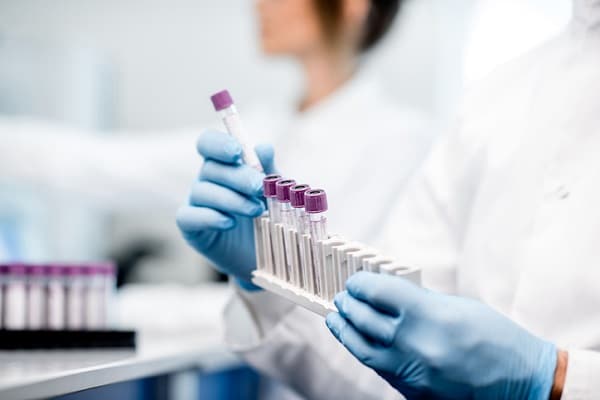
When we read health-related statistics such as 1 in 8 Canadian women are expected to develop breast cancer, or that men are typically diagnosed with heart disease around 10 years younger than women in Canada, we have biostatistics to thank for these important conclusions.
Biostatistics involves analyzing and interpreting data drawn from health sciences in order to better understand public health concerns such as chronic disease, cancer, and AIDS, as well as critical concepts such as human development and the relationship between genetics and the environment.
Biostatistics also plays a key role in many scientific fields, including:
- biology
- clinical medicine
- health economics
- and more
But how do professionalsderivethis important data? Read on to learn about the foundational concepts used in biostatistics today.
Hypothesis Testing for Those in Clinical Research Training
For those in CCRP training, biostatistics encompasses the collection and analysis of data, so it is important to thoroughly understand how medical research is conducted if you want to become well-versed in this discipline. As many clinical research students know, before you can start a study, you must state a hypothesis. Simply put, a hypothesis is a comparison between two groups, or two different sets of numbers. A hypothesis allows researchers to:
- Assess whether there is a difference between data sets or groups
- Examine if there is an agreement between sets of numbers

Hypothesis testing involves stating the hypothesis, collecting data, assessing evidence, and creating conclusions
Oftentimes researchers will propose two different hypotheses for testing: the null hypothesis and the alternative hypothesis.
A null hypothesis states that there is no change in comparison to the baseline. The alternative hypothesis, in contrast, suggests that there will be change or difference in the status quo. Those with clinical research training will then study samples and measure outcomes and hope that what they find provides strong enough evidence for the biostatistician to disregard the null hypothesis.
Sampling 101 for Clinical Research Diploma Program Students
Another integral component of biostatistics is sampling. This process involves determining the sample, which represents a larger population, that will be used in a given study.
Researchers must consider these characteristics when determining the sample:
- How the sample will be obtained
- Sample size
- Distribution of variables
- Sample Pairing
Sampling allows researchers to identify potential sources of bias and select the best methods and statistical tests to prevent these discrepancies.

In order to draw accurate conclusions from a study, you must pay careful attention to the features of your sample
Understanding Sensitivity and Specificity in Biostatistics
Sensitivity and specificity refer to the probability of positive and negative test results, respectively, and these benchmarks help researchers more accurately interpret data.
Sensitivity is determined by the percentage of individuals with an illness, disease, or disorder who are accurately categorized as having the health condition in question. A study is considered “sensitive” if it registers positive for most individuals having the health condition.
Specificity, on the other hand, represents the probability of a negative test result when the disease is not present. Accordingly, a test is deemed “specific” if it registers positive for a small percentage of individuals that do not have the health condition.
By understanding the relative sensitivity or specificity of a test, you can create predictive values to draw inferences from test results
Do you want to see what a clinical research diploma can do for you?
Contact the Academy of Applied Pharmaceutical Sciences today!



